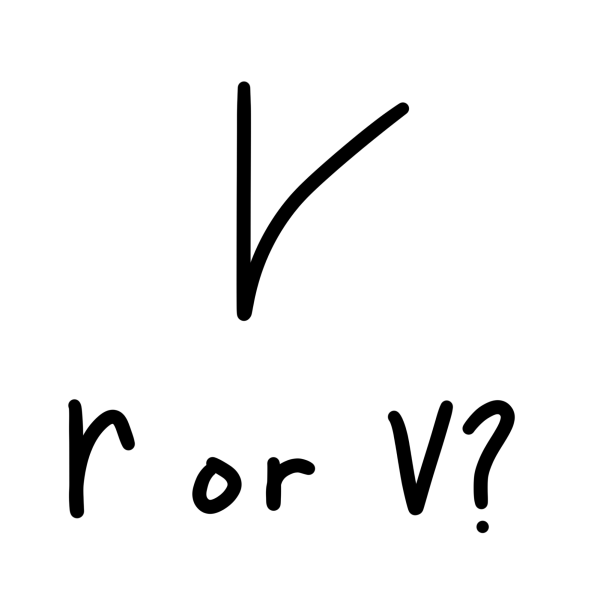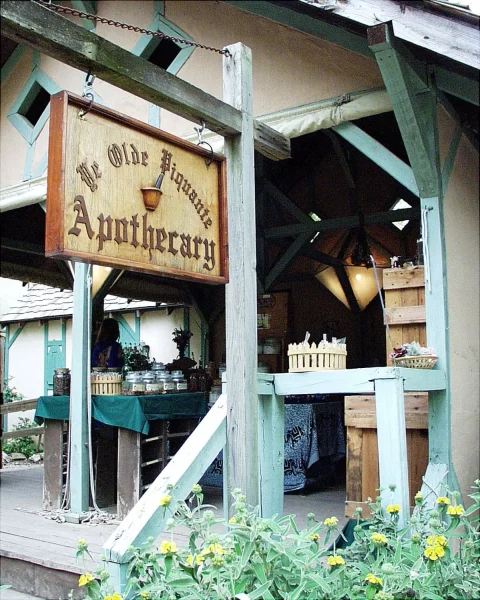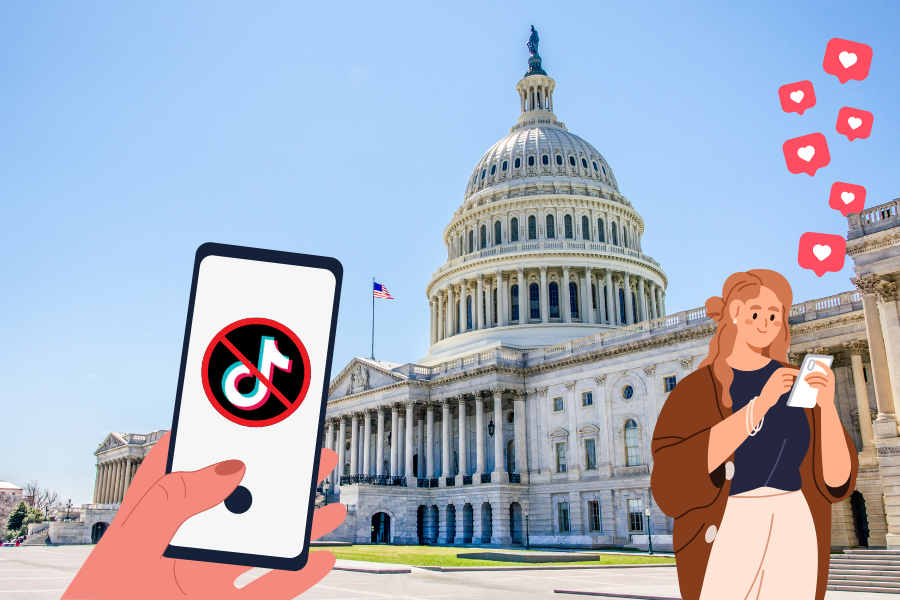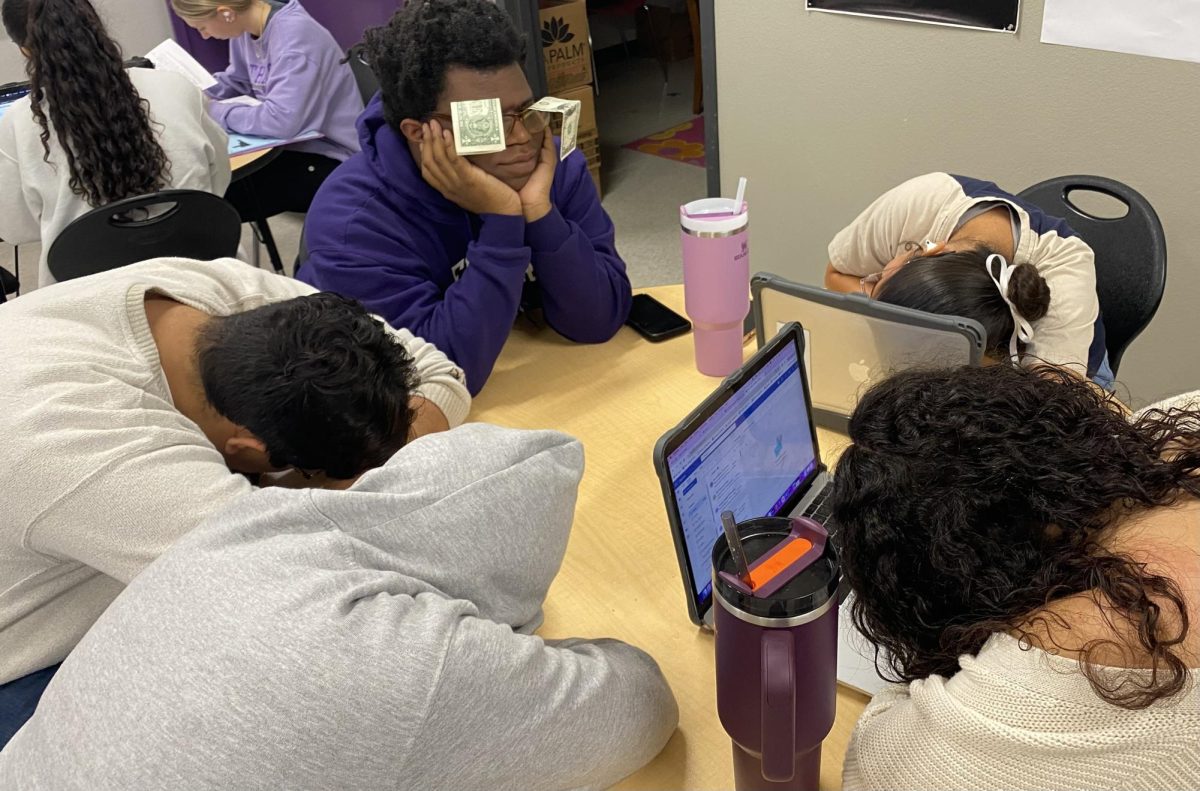If you’ve ever been to any historical-themed event, you’ve probably at least seen one store named Ye Olde Gift Shoppe or other variations. But did you know that Ye is pronounced The?
 To understand why this is, we have to go back to the era of Old English, from 500 BCE to 1100 BCE. The th sound was written using a thorn, which looked like a p but with a taller stem. The symbol was borrowed from a Norse rune of the same name.
To understand why this is, we have to go back to the era of Old English, from 500 BCE to 1100 BCE. The th sound was written using a thorn, which looked like a p but with a taller stem. The symbol was borrowed from a Norse rune of the same name.
The thorn’s reign was short and fell out of popularity by the time Middle English (1100-1500 BCE) appeared, and the th sound was spelled, as we know it, like “th.” The thorn was still used, but only for common words such as “the” and “that” to minimize confusion with the letter p.
In the 15th century, Johannes Gutenberg invented the printing press. Printers imported letters for the presses to England from the Netherlands and Belgium, where the thorn was not in use. Printers solved the problem by substituting the thorn with a y because they thought it looked like the thorn’s þ symbol.
 The two symbols might look very different to us now, but back then, writers sometimes neglected to connect the top of the curve to the stem when writing a thorn, resulting in a more y-like shape. Similar to how a sloppy r might look like a v. Readers at the time understood that the y is pronounced “th” in certain circumstances, but this became lost knowledge as time progressed.
The two symbols might look very different to us now, but back then, writers sometimes neglected to connect the top of the curve to the stem when writing a thorn, resulting in a more y-like shape. Similar to how a sloppy r might look like a v. Readers at the time understood that the y is pronounced “th” in certain circumstances, but this became lost knowledge as time progressed.

Eventually, “ye” became lost in time with English spellers favoring “the,” but ye history of it still exists in Renaissance fairs, such as the Scarbrough Renaissance Festival, just short of an hour southeast of Fort Worth. Scarbrough is home to Ye Olde Piquante Apothecary, which describes itself as an “olde timey herbal shop.”
English is 1,400 years old, with a long history and a lot of evolution. We can see evidence of its change because of how we speak and write English today.



















Azul Ramos • Sep 14, 2023 at 11:48 am
arayah lindsey • Sep 14, 2023 at 11:19 am
bring back the thorn ✊